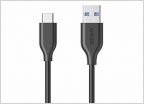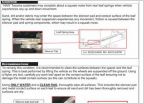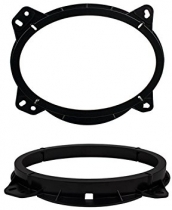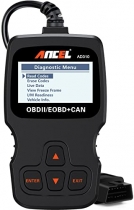-
Welcome to Tacoma World!
You are currently viewing as a guest! To get full-access, you need to register for a FREE account.
As a registered member, you’ll be able to:- Participate in all Tacoma discussion topics
- Communicate privately with other Tacoma owners from around the world
- Post your own photos in our Members Gallery
- Access all special features of the site
3rd Gen Steering Rack, Over Centre/Pre-load Adjustment.
Discussion in '3rd Gen. Tacomas (2016-2023)' started by joba27n, May 18, 2024.


 Will It Fit ??
Will It Fit ?? Android Auto Skipping Audio
Android Auto Skipping Audio Squeaky 2016 toyota tacoma sr5
Squeaky 2016 toyota tacoma sr5 Predator Tube Step found a rock
Predator Tube Step found a rock 2020 TRD PRO Rim part number?
2020 TRD PRO Rim part number? Truck won’t start. Any ideas please?
Truck won’t start. Any ideas please?











































































